Bruce Lundvall, a record executive best known among fans of jazz music as Blue Note Records president for 25 years, died yesterday at the age of 79. In addition to his work at Blue Note, Lundvall was president of CBS Records during the heyday of the LP business, and was responsible for signing many of that label’s major artists, and for expanding the jazz division of Columbia Records.
My own experience with him was always very favorable. Although I hadn’t spoken to him for several years, whenever I did reach out to him, either as a record executive myself or as publisher of Jerry Jazz Musician, he always made himself available and was supportive of my work.
In 2003, I hosted a conversation on the state of the business of jazz with Lundvall, New York Times columnist Ben Ratliff, and saxophonist Joshua Redman. Part of the discussion dealt with speculating about the future of jazz In this excerpt from that conversation, Lundvall talks about how jazz artists could be successful in the record business. (Keep in mind this conversation took place when there was still a CD consumer that supported a chain record store model like Tower Records).
But you know, I will tell you what…When Alfred Lion started Blue Note and all through the years that he had it, he was always one step ahead of the competitors. And when they had Lee Morgan’s “The Sidewinder,” which was a major hit, distributors used to tell him to send them five thousand more of those, and Alfred would respond by saying, “Five thousand? I already sent you one hundred. Wait until you sell those!” Even the best jazz marketers didn’t understand how to deal with a hit. They were basically two guys sleeving records in their offices and sending them out. When I was at Columbia Records in the sixties, while we had Brubeck and Miles, we didn’t have a huge roster of jazz artists, maybe only a handful of major names, you know? So, jazz has never been a major part of the record business, and it is not today.
To be successful in the record business today you need someone in charge of your company who believes that the music is important. You have to have the best artists, and you have to experiment with new people. I am lucky because I have worked for people like that. Other people have not. When Michael Cuscuna started doing reissues for Blue Note, I asked him how he could work so hard since he was also running Mosaic at the same time. He told me not to worry, that the work won’t go on forever. After all, it is jazz and since it is part of a big record company, Blue Note will fold in three years. Of course, it is still going on eighteen years later, so we have been very lucky. But you have got to make a profit otherwise these corporate people are going to look at the red ink and tell you to cut back or discontinue the label. That has happened to classical music in recent times too. And it is not much different for jazz, because you are dealing with music that requires a degree of intelligence to listen to, it is an art form requiring real patience, as you said, and it is not something that you are immediately turned on to. People become listeners of jazz in steps and stages and only then become a fan. After that it is easy to become addicted and buy as much of it as you can afford. But it is not an instant gratification sort of entertainment like pop music.
Jazz is always going to be a minority repertoire. The future of it is entirely in the hands of the musicians, and we have some of the best young musicians playing today. I think it is a wildly exciting time, I really do. There is a lot of diversity in the music, a lot of very gifted young people playing the music, with new stars coming up. A record company is going to have to be really responsible in how it supports the music.
______
In 2007, in a volume of “Reminiscing in Tempo: Memories and Opinion, I asked a variety of people — including Lundvall — this question:
“What three or four songs best epitomize the era of the Civil Rights Movement?”
Here is Lundvall’s answer:
The following songs are all by brilliant artists who made the message their own and delivered songs so powerful you can actually feel it in the music:
“The House I Live In” — Sonny Rollins
“Alabama” — John Coltrane
“Strange Fruit” — Nina Simone
“Lift Every Voice” — Max Roach
“March on Selma” — Blue Mitchell
“Chattahoochee Red” — Max Roach
“Triptych: Prayer/Protest/Peace — Max Roach
*
To read the entire conversation with Lundvall, Redman and Ratliff, click here.
To read the entire edition of “Reminiscing in Tempo” in which Lundvall appears, click here.
Read Billboard’s magazine obituary of Lundvall







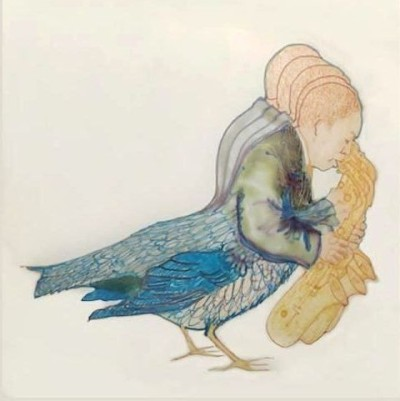
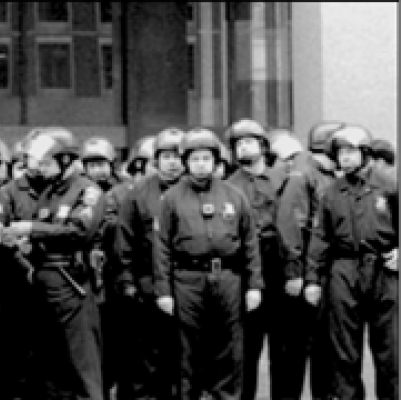
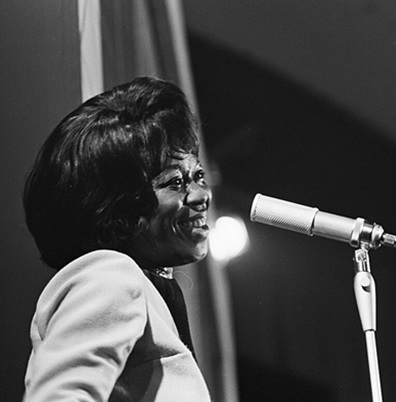





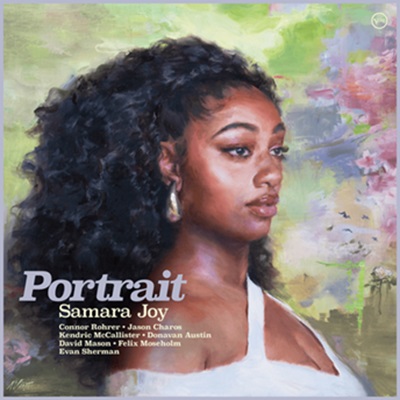




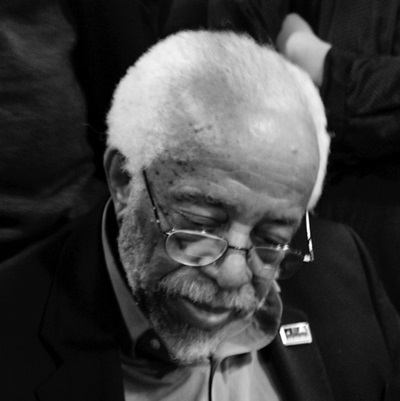

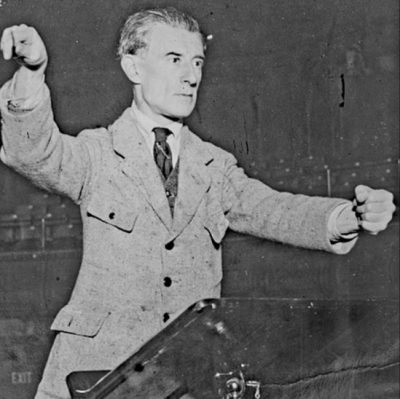

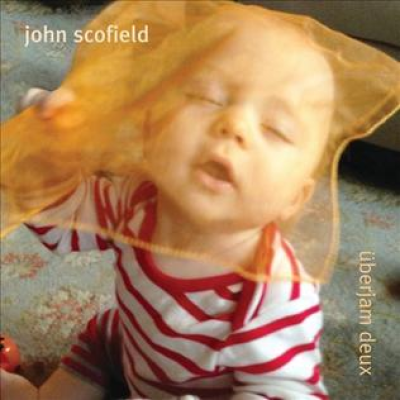
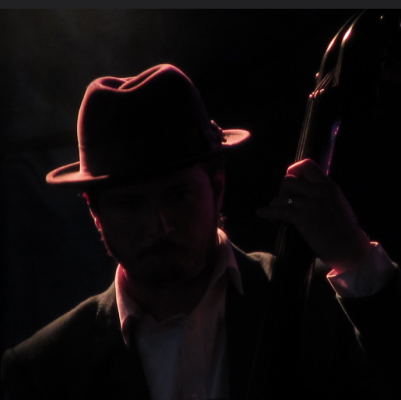





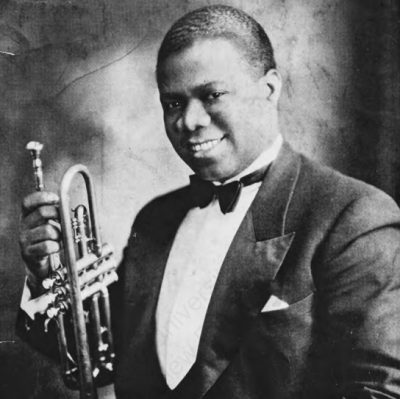

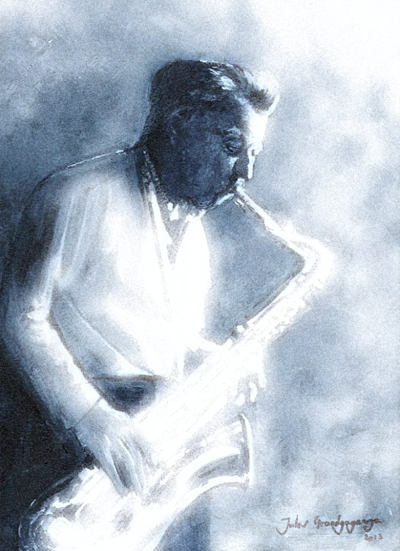










I had been thinking about Bruce quite often over the past few weeks, knowing of his being institutionalized for Parkinson’s disease, and was seeking out folks who might have been interested in putting together a tribute to Bruce Lundvall. I was searching for Herbie Hancock’s publicist so I could start with him.
I just got off the phone with my dear friend and fraternity brother, Jim Kaufman, who informed me that Bruce had recently died. I knew he was challenged by Parkinson’s, but thought he was still with us. Bruce, Jim, I, as well as hundreds of other Delta Upsilon Fraternity brothers at Bucknell University, loved music, but Lundvall made
it his life. What an amazing obsession….
What a great man.
Bruce Lundvall was unique in his laser focus on America’s only original art form, jazz. He was a man who was committed to music, especially jazz, and to those people who were also committed to it. Bruce was one of a kind, and we are all better off because he spent his time making sure jazz didn’t die in America. It has more followers in other nations than here, so he worked tirelessly, diligently and so effectively for decades to preserve, promote and enjoy this amazing art form.
And finally, understand that my friend knew that all of this happened and happens best through the commitment, love, and talent of the individual.
Dick Boddie
a.k.a.
Richard Benjamin Boddie, J.D.
Huntington Beach, California
(via Rochester, New York}
P.S. I still would like to proceed with organizing a well deserved tribute to the man
who has made such a difference to so many, whom in turn continue to make such
a positive contribution to the world. Any takers?
I had been thinking about Bruce quite often over the past few weeks, knowing of his being institutionalized for Parkinson’s disease, and was seeking out folks who might have been interested in putting together a tribute to Bruce Lundvall. I was searching for Herbie Hancock’s publicist so I could start with him.
I just got off the phone with my dear friend and fraternity brother, Jim Kaufman, who informed me that Bruce had recently died. I knew he was challenged by Parkinson’s, but thought he was still with us. Bruce, Jim, I, as well as hundreds of other Delta Upsilon Fraternity brothers at Bucknell University, loved music, but Lundvall made
it his life. What an amazing obsession….
What a great man.
Bruce Lundvall was unique in his laser focus on America’s only original art form, jazz. He was a man who was committed to music, especially jazz, and to those people who were also committed to it. Bruce was one of a kind, and we are all better off because he spent his time making sure jazz didn’t die in America. It has more followers in other nations than here, so he worked tirelessly, diligently and so effectively for decades to preserve, promote and enjoy this amazing art form.
And finally, understand that my friend knew that all of this happened and happens best through the commitment, love, and talent of the individual.
Dick Boddie
a.k.a.
Richard Benjamin Boddie, J.D.
Huntington Beach, California
(via Rochester, New York}
P.S. I still would like to proceed with organizing a well deserved tribute to the man
who has made such a difference to so many, whom in turn continue to make such
a positive contribution to the world. Any takers?